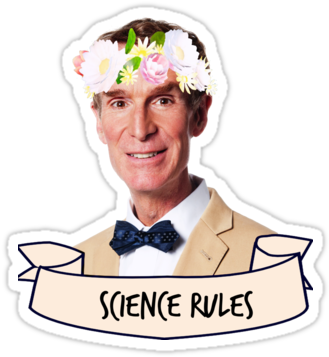this post was submitted on 22 Apr 2025
596 points (99.2% liked)
Science Memes
14410 readers
1024 users here now
Welcome to c/science_memes @ Mander.xyz!
A place for majestic STEMLORD peacocking, as well as memes about the realities of working in a lab.

Rules
- Don't throw mud. Behave like an intellectual and remember the human.
- Keep it rooted (on topic).
- No spam.
- Infographics welcome, get schooled.
This is a science community. We use the Dawkins definition of meme.
Research Committee
Other Mander Communities
Science and Research
Biology and Life Sciences
- !abiogenesis@mander.xyz
- !animal-behavior@mander.xyz
- !anthropology@mander.xyz
- !arachnology@mander.xyz
- !balconygardening@slrpnk.net
- !biodiversity@mander.xyz
- !biology@mander.xyz
- !biophysics@mander.xyz
- !botany@mander.xyz
- !ecology@mander.xyz
- !entomology@mander.xyz
- !fermentation@mander.xyz
- !herpetology@mander.xyz
- !houseplants@mander.xyz
- !medicine@mander.xyz
- !microscopy@mander.xyz
- !mycology@mander.xyz
- !nudibranchs@mander.xyz
- !nutrition@mander.xyz
- !palaeoecology@mander.xyz
- !palaeontology@mander.xyz
- !photosynthesis@mander.xyz
- !plantid@mander.xyz
- !plants@mander.xyz
- !reptiles and amphibians@mander.xyz
Physical Sciences
- !astronomy@mander.xyz
- !chemistry@mander.xyz
- !earthscience@mander.xyz
- !geography@mander.xyz
- !geospatial@mander.xyz
- !nuclear@mander.xyz
- !physics@mander.xyz
- !quantum-computing@mander.xyz
- !spectroscopy@mander.xyz
Humanities and Social Sciences
Practical and Applied Sciences
- !exercise-and sports-science@mander.xyz
- !gardening@mander.xyz
- !self sufficiency@mander.xyz
- !soilscience@slrpnk.net
- !terrariums@mander.xyz
- !timelapse@mander.xyz
Memes
Miscellaneous
founded 2 years ago
MODERATORS
you are viewing a single comment's thread
view the rest of the comments
view the rest of the comments

You know I learned all that calculus and never learned how it applies to orbits. Can someone connect the dots for me? (In a little more detail than calculus is rates of change.)
An orbit is analogous to position. Trying to predict the position of planets proved difficult to do accurately. People had figured out velocity a long time ago, but no one had ever explored the concept of describing an orbit just from the accelerations of the planets. It turns out acceleration has a fairly simple equation, and in order to get back to the observable thing of orbits, you need to integrate it twice. Newton was the first person to describe acceleration and to use it to predict the motion of planets. Especially for predicting Mars, it was essential because Jupiter is massive enough and close enough to alter its orbit, so simple Kepler's Laws aren't sufficient to describe the orbit.
Hell yeah! And another dope thing about the whole shebang, turns out the derivative < - > integral operation is wildly useful for describing...everything.
The simplest example, that I love the most, is just the very pedestrian (pun intended) relationship between a car's position, velocity, and acceleration. It's just enough "levels" (of diff < - > int) to have some instructional "meat", and it's a totally ubiquitous experience.
And then, when peered at more closely, that kind of relationship starts to crop up everywhere, suggests so much more!
Calculus is best maf